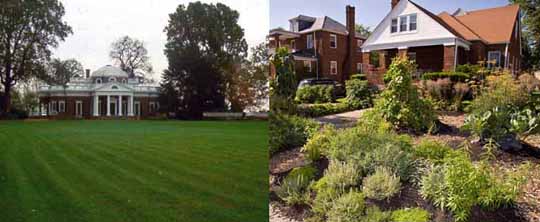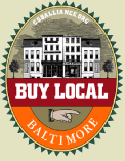Save Money and Time While Growing Healthy Food in Your Front Yard

Edible Estates is a project created by artist and architect Fritz Haeg that involves traveling around the country converting front lawns into beautiful edible gardens. He started by asking the question, if Thomas Jefferson had planted his garden on the front lawn of Monticello, what would our lawns look like today? Haeg’s project has captured much enthusiasm from families who are challenging that "estate" mentality. The idealistic picture-perfect green space is an unfortunate inheritance of the seeds planted on the plantation lawns of our founding fathers. To Haeg, the front lawn is a waste of valuable resources and the locus of mounting concerns over the effects of pesticides on human health and surrounding ecosystems. What’s most interesting about Haeg’s project is one of the first in his series of gardens was planted on July 4th, 2005 in Salina, Kansas. Part of the Great Dust Bowl of the 1930’s, Salina is also home to The Land Institute . This organization has been working for more then 20 years to find ways to restore topsoil through perennials and polycultures. Haeg’s Edible Estates aren’t just a novel idea; they are a call to action for the right to know where our food is coming from and a patriotic move to restore our homeland.
The above picture is from an Edible Estate project started April 2008 in West Baltimore. Here’s an article from the Urbanite .





 View the dynamic, moving GOforChange: Greening Baltimore video
View the dynamic, moving GOforChange: Greening Baltimore video
